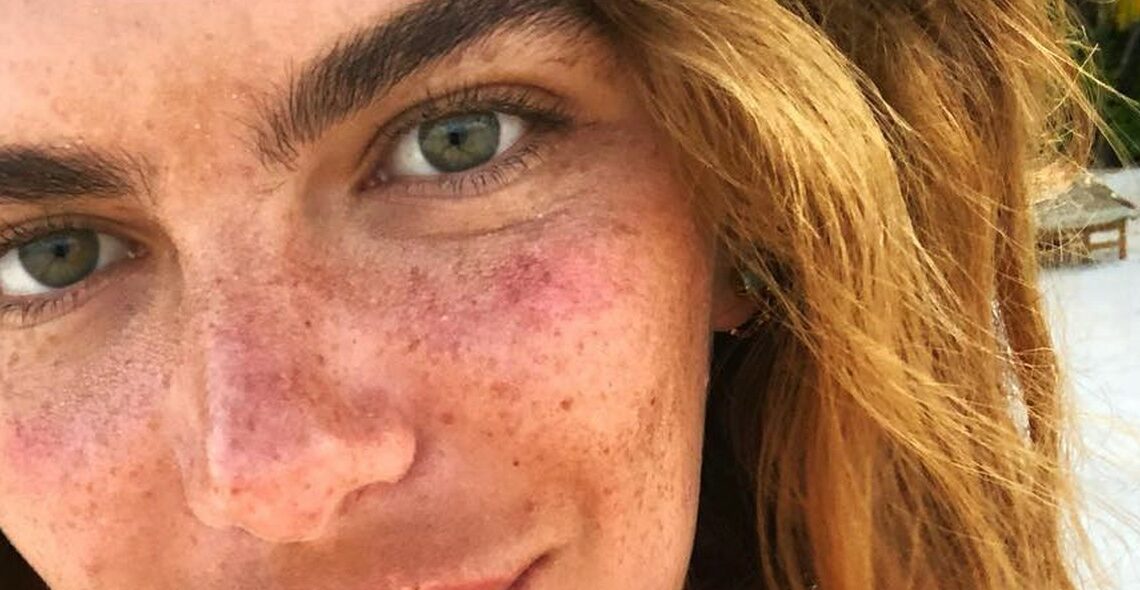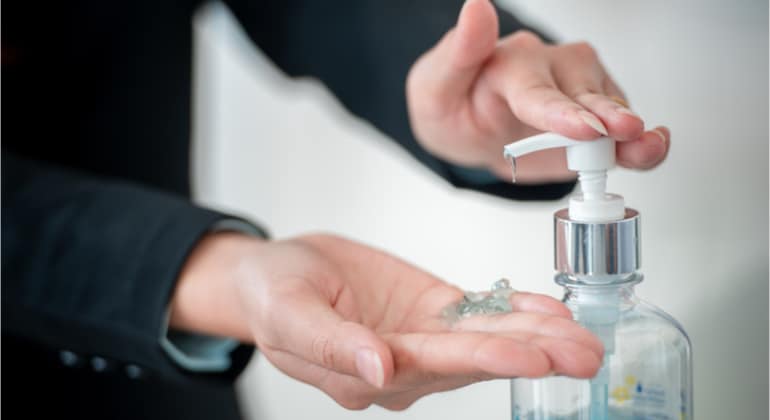Unfortunately acne can bother us at various times of life. Your skin type and genetics can predispose acne in adolescence, and hormonal changes can trigger acne in adulthood. Bad habits, related to your skin care routine, can make acne worse.
Here are some actions you can get worse the acne:
1. Try a new acne treatment every week or for a short time
This approach can irritate the skin, making the lesions worse. Also, most treatments need a few weeks to show results.
2. Apply acne medication only to the lesions. It makes sense to treat what you see, but this approach fails to prevent further injury.
What to do instead: To prevent further damage, spread a thin layer of the medication evenly over acne-prone skin.
3. Some makeup, skin and hair care products can cause acne.
Some makeup, along with many skin and hair products, contains oil or other ingredients that can cause acne. If you continue to use them, you may continue to see injuries.
What to do instead: Only use makeup, sunscreen, skin care and hair care products that are labeled “non-comedogenic” or “do not clog pores.” These products do not cause rashes in most people.
4. Share makeup, makeup brushes or makeup applicators
Acne isn't contagious, but when you share makeup, brushes, or applicators, other people's acne-causing bacteria, oil, and dead skin cells can end up in your makeup. They can clog pores, causing injuries.
5. Sleep with makeup on
Even non-comedogenic makeup can cause acne if you sleep in it. What to do instead: Remove your makeup before going to bed. No exceptions. If you're too tired to wash your face, use a makeup remover wipe.









